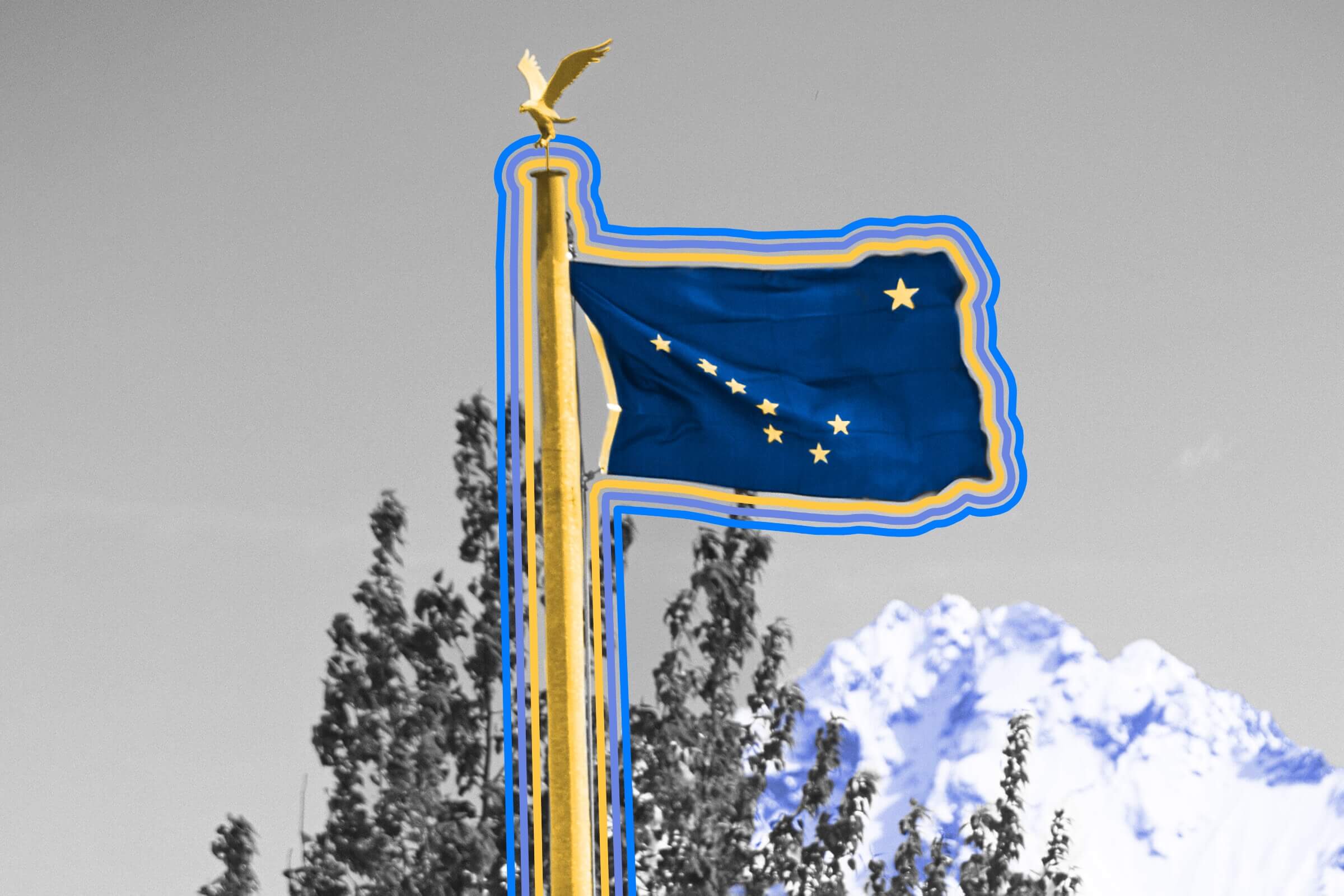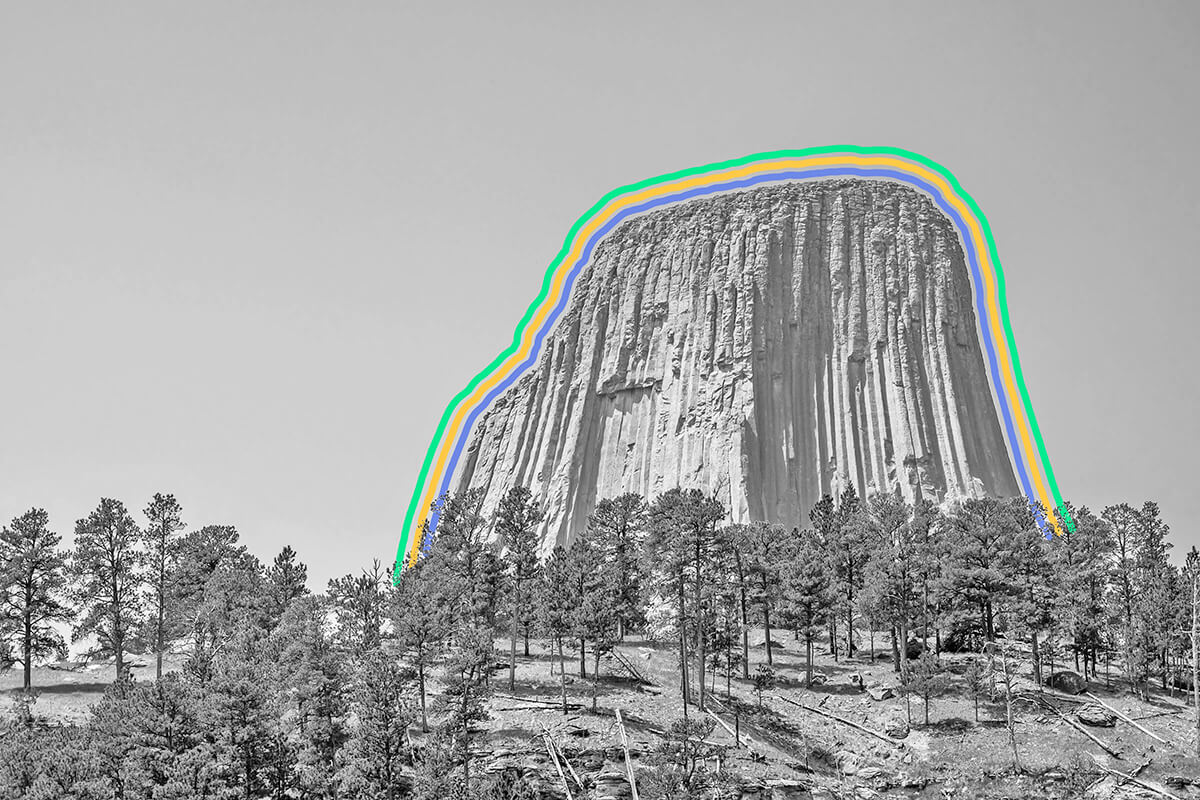
Alaska’s flag was created by a 13-year-old.
Every flag has a story, but few are as endearing as Alaska’s. One of the rare places to have a flag before it was actually a state, the Last Frontier held a contest to design its territorial standard in 1926-27 — and a 13-year-old won. (The contest was only open to Alaskan children in the seventh to 12th grades, but still.) Benny Benson lived in an orphanage known as the Jesse Lee Home in Seward, Alaska, when he came up with the winning design, which included a description he wrote himself: “The blue field is for the Alaska sky and the forget-me-not, an Alaska flower. The North Star is for the future of the state of Alaska, the most northerly in the Union. The dipper is for the Great Bear – symbolizing strength.” His design also featured “1867” in commemoration of the year the United States bought Alaska from Russia, although the numbers didn’t make the final cut.
In addition to being hailed as a local hero, Benson won a watch with his design on it and a $1,000 scholarship. He eventually used that money to attend Hemphill Diesel Engineering School after moving to Seattle in 1936. He was 45 when Alaska became a state in 1959, fulfilling the hopeful description of his design. Alaska kept its flag rather than adopt a new one, and Benson’s work lives on today.
Just as most (but not all) flags are quadrilateral, most countries’ standards are also one-sided, meaning they only have designs on their fronts. The exception that proves the rule is Paraguay, whose flag has both an obverse (front) and reverse (back) side. The front features red, white, and blue horizontal stripes and the country’s coat of arms in the center, while the back has the same stripes but the seal of the treasury in the center instead. Some countries used to have two-sided flags, including Lithuania and the Philippines, as did countries that no longer exist (the Republic of Formosa, in what is now Taiwan, had an especially nice one in 1895), but Paraguay is the only present country with one. Here in the U.S., Oregon also has a two-sided flag.

